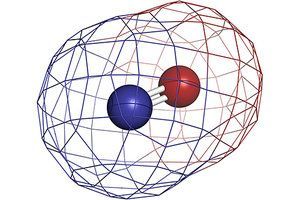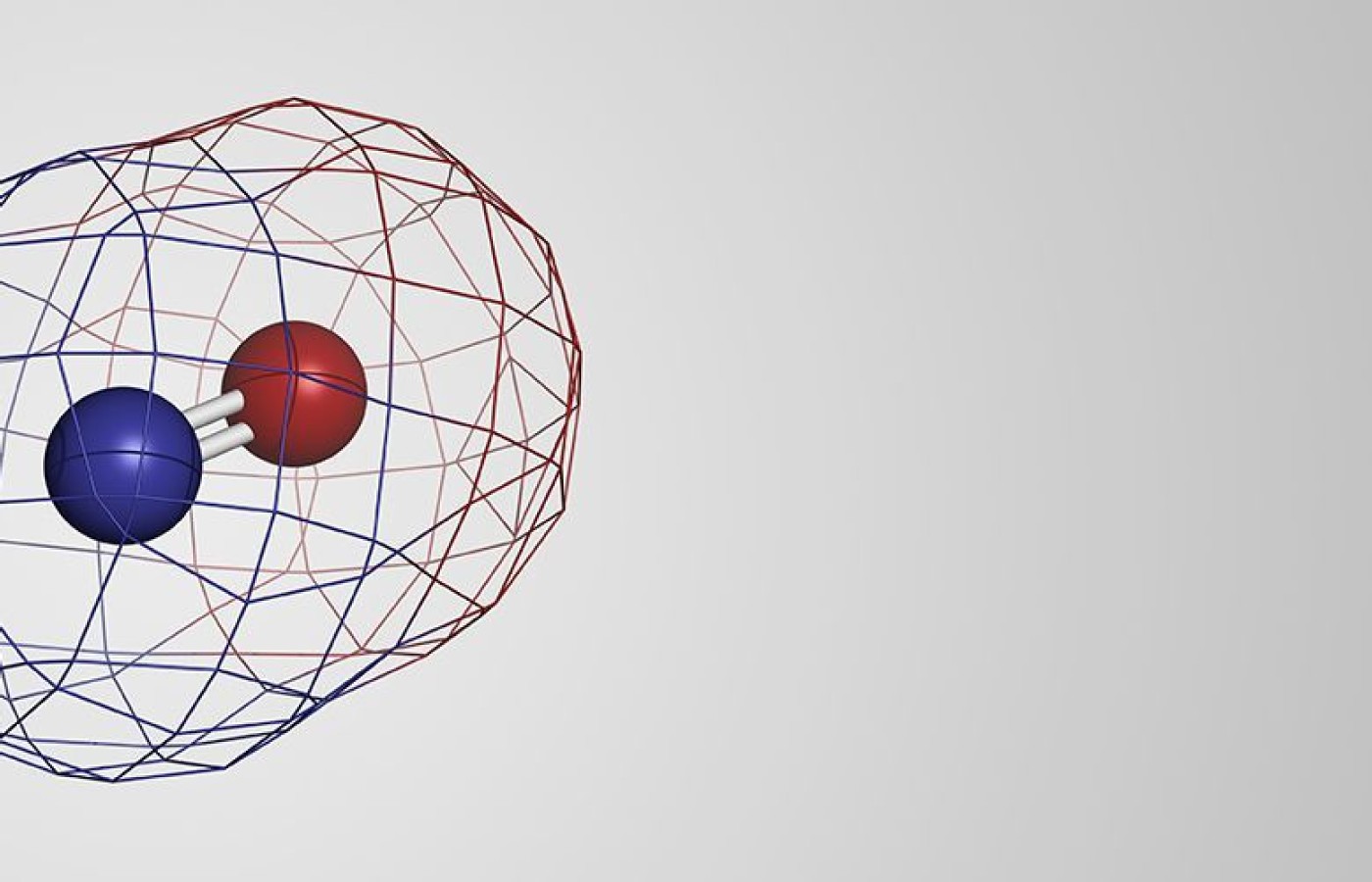Recent laws in New Jersey and California represent a disturbing trend that will negatively impact a practice’s ability to collect monies from patients, as well as expose them to significant penalties if the practice does not follow the mandatory guidelines to a T. Please be aware that a similar law may be coming to your state. The time to act is before the law is passed.
You Need to Know Every Patient's Nitric Oxide Level
Nitric Oxide or NO is an important signaling molecule in the human body. Your body produces NO, which keeps blood vessels healthy. I perform an in-office saliva test to measure nitric oxide levels and relate it to good circulation, which ensures all of your cells are nourished by blood, oxygen and nutrients.1 It was something I heard Dr. William Li, author of Eat to Beat Disease, say that changed my thinking and what I say to my patients: "If you take good care of the blood vessels they will take care of the nerves."
Staying on Top of NO Health Is Crucial
Early on in 2020, as the COVID-19 pandemic was on the rise, we understood that patients with comorbidities were at greatest risk for disease. In my mind, it had to be related to weak/weakened blood vessels. I found a simple in-office saliva test9 that provides real-time information to reveal nitric oxide deficiencies. I tell patients: "It's an indicator; higher levels of NO are associated with blood vessel health, reduced inflammation and less clot formation."

I did the first test strip on myself. My thinking after getting the results was, here we are in the beginning of the coronavirus pandemic, a virus that exists to spread, transported via the bloodstream to distant sites in the body, I'm in the office treating patients (no six-foot distance for us practitioners), I'm doing temperature checks, hand-washing, masks, increased cleaning and disinfection, paper on the tables, I got a great air filter with UV light (Thank you, Eric Parcells), I'm eating good, I take supplements "galore," I've forced myself to sleep an extra hour a day, I exercise, I'm a biohacker ... and I'm BELOW nitric oxide threshold levels! WTH!
Why Is Nitric Oxide So Important?
Nitric oxide plays a significant role in the cardiovascular system and is naturally made in your body – but as you age, you produce less of it. If you are concerned about cardiovascular health, you have to check NO.
Blood vessel walls (the vascular endothelium) produce NO. A hidden deficiency of nitrates(raw materials) from food produces less nitric oxide in the endothelium (the cells that lines the inside of all of your blood vessels) – from the largest coronary arteries of your heart to the tiniest of capillaries. This thin, fragile lining is crucial for delivering vital oxygen and nutrients from your bloodstream to your tissues.
As soon as nitric oxide is produced in the endothelium, it signals the muscles of your arteries to relax. This is what you want to happen: significantly wider, more flexible vessels (as measured by flow-mediated dilation) and improved vessel function.
My take-home message is this: Without enough nitric oxide, you can be in big trouble. Low levels can lead to various endothelial dysfunctions that contribute to pathologies, blood pressure can be elevated (hypertension), atherosclerosis can occur, (LDL) cholesterol can oxidize, and you are at risk of having sticky blood platelets (leukocyte adhesion) that can cause blood clots, neuropathy, diabetes and hypercholesterolemia.2-4
For reducing blood pressure issues alone, it is safe, effective and natural. A 2018 study published in Nutrition Reviews looked at 23 studies that measured blood pressure, endothelial function, arterial stiffness, platelet aggregation, and/or blood lipid outcomes in response to oral inorganic nitrate/nitrite intake.5 The analysis demonstrated that inorganic nitrate intake significantly reduced resting blood pressure, and improved endothelial function (measured as flow-mediated dilatation), arterial stiffness, and platelet aggregation.5
How Do You Build Up Nitric Oxide?
You eat lots of vegetables (but not just any vegetables), and/or supplement with NO-replenishing formulas. I was eating broccoli, cauliflower or asparagus every night (food sources lower in NO content). Guess what I found out? Some foods are high and some are low in NO (or nitrates that the body can convert into NO):
- Foods lower in NO: onions, garlic, tomato, asparagus, Brussel sprouts, peas, broccoli
- Foods higher in NO: arugula, lettuce, spinach, bok choy, watercress, beets, Swiss chard
Another way is get some light therapy (sun, infrared, laser). When the proper light hits your skin, it prompts a release of NO into blood vessels. Nitric oxide goes right to work, relaxing smooth muscle around vessels.
I have found NO-replenishing supplements to be one of the best ways to increase NO, particularly since many patients find it difficult to comply with dietary recommendations. (And some patients have even supplemented with vitamins/minerals and eaten the proper vegetables daily, but still had insufficient NO levels.) After the proper dose, the dietary nitrate molecules are metabolized into nitrites, which are then endogenously transformed into the cardioprotective NO molecule.
Even certain oral bacteria helps provide your body with nitric oxide. Wipe out those bacteria, and you'll deplete your supply of NO.2-3,8
Every Patient Gets Tested – How I Integrate NO Test Strips
Before I perform treatment, I test NO saliva levels with a test strip. It takes about 30 seconds to perform and analyze. I have the patient take a photo on their smartphone of the test strip result against the color-coded outcome pamphlet and a photo of the high nitric oxide vegetable list sitting on my desk.9 If they are depleted or low, I tell them, "You have one to two weeks to get your levels into threshold or you are going to have to take a supplement. We need to take this seriously and I want quick action."
A hundred patients tested later, I have found the majority are depleted in NO. No other specialist was even talking to patients about this and here I am telling them low NO levels are a real health threat. (A 70-year-old male patient knew about it for his erectile dysfunction and was eating arugula salad every day for lunch. He tested in the "threshold."
Low NO Affects MSK Healing?
The short answer is yes. One reason is vascularization (vasodilation and improved angiogenesis). Modalities such as shockwave, laser, PEMF, percussion vibration therapy, ultrasound, and heat treatments can release endothelial nitric oxidase and increase local blood supply, especially to musculoskeletal conditions that have become chronic or exhibit dense fascia. However, supplementing NO creates a systemic release of NO.
Vasodilation is stimulated via histamine, NO and serotonin increases, resulting in reduction of ischemia and improved perfusion. Vasodilation enhances the transport of nutrients and oxygen to the damaged cells, and facilitates repair and removal of cellular debris.6-7
I'll keep biohacking and experimenting with modalities to open existing blood vessels that help stimulate the creation and growth of new blood vessels (neovascularization) to improve blood flow that helps healing of musculoskeletal structures. The blood vessels improve the blood supply and oxygenation, resulting in faster healing of tendon, bone, nerve, and vascular tissue.
Putting It All Together
My in-office experience suggests consuming food-based nitrates on a routine basis, taking a proven supplement, and getting treatment with heat therapy, laser, and other therapies is a logical next step for those desiring to prevent or treat NO deficiency-related disease processes.
NO is also another natural strategy that helps to lower blood pressure, help athletes' hearts receive more oxygen, and aids both men and women in enhancing sexual performance.
I'm helping Mother Nature enhance nutrient blood flow that is necessary to start and maintain the repair processes of damaged tissue structures. This biohacking approach helps me keep my deep commitment to empowering patients to improve their health and slow down the aging process.
References
- Ulrike M, et al. Low-level laser treatment with near-infrared light increases venous nitric oxide levels acutely: a single-blind, randomized clinical trial of efficacy. Am J of Phy Med & Rehab , Feb 2013;92(2):151-56.
- Luiking YC, et al. Regulation of nitric oxide production in health and disease. Curr Opin Clin Nutr Metab Care, 2010;13(1):97-104.
- Khatri J, et al. It is rocket science – why dietary nitrate is hard to "beet"! Part I: twists and turns in the realization of the nitrate-nitrite-NO pathway. Br J Clin Pharmacol, 2017;83(1):129-139.
- Hobbs DA, et al. Blood pressure-lowering effects of beetroot juice and novel beetroot-enriched bread products in normotensive male subjects. Br J Nutr, 2012;108(11):2066-74.
- Jackson JK, et al. The role of inorganic nitrate and nitrite in cardiovascular disease risk factors: a systematic review and meta-analysis of human evidence. Nutr Rev, 2018;76(5):348-371.
- Vikas K, et al. Dietary nitrate provides sustained blood pressure lowering in hypertensive patients: a randomized, phase 2, double-blind, placebo-controlled study. Hypertension, 2015;65(2):320-327.
- Bahadoran Z, et al. The nitrate-independent blood pressure-lowering effect of beetroot juice: a systematic review and meta-analysis. Adv Nutr, 2017;8(6):830-838.
- "Use of Antiseptic Mouthwash Could Put Patients at Risk for CVD." News Medical Life Sciences, Aug. 26, 2017.
- BerkeleyLife.com



